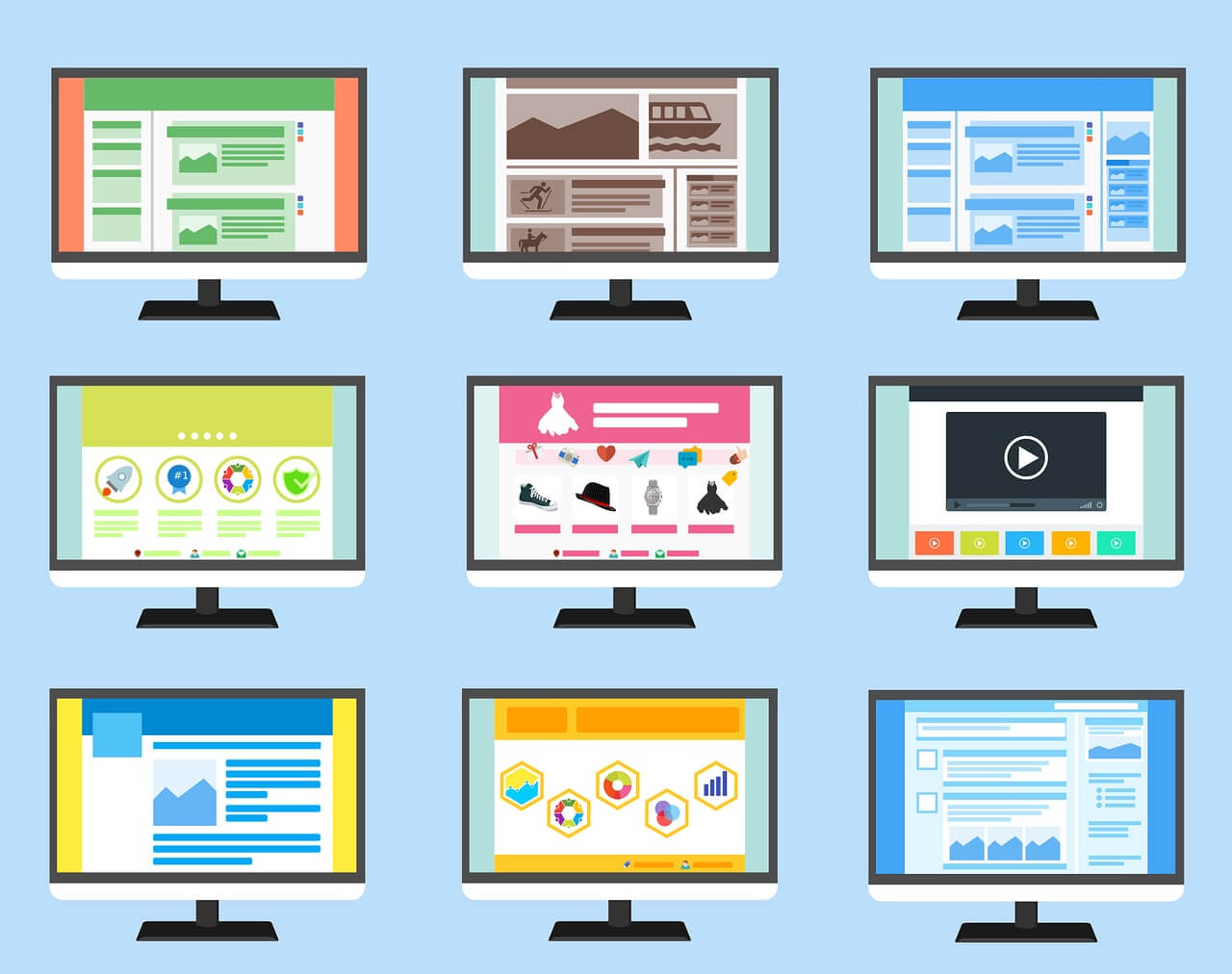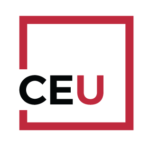What makes a great website?
What makes a website great for your customers?
What makes a website great for your potential customers?
The answers to these questions will help you to publish a successful website. One that encourages current and potential customers to find, see, like and then engage with your content. All of these are precursors to buying your products and services for many customers!
I published a post on this topic many years ago, which included the seven elements that must be on your website. It is called “The 7 essentials of Customer Centric Websites.” and it still makes a useful (and short) read.
One of the major changes since then, is that today, with mobile more likely to be the screen of reference, we have gone from a “no scroll” to a “must-scroll” format. Words have given way to more images and now also to videos. We have gone from information to entertainment, from push to pull, and from “ours” to “theirs.”
Many articles about optimising websites talk too much about technology and usually include company rather than customer priorities. But you, fellow customer centricity champions, know that everything should start with the customer! So I’d like to build on my earlier post to lay out what it takes to win online these days.
9 Essentials of a Great Website
Checking a website is often the first step a customer makes when they are interested in buying a brand or learning about a manufacturer. Therefore we should ensure that ours responds to their needs, whatever the reason for their visit. I have chosen the nine essential elements of a customer centric website below.
Please let me know what you think, by adding a comment below.
1. It’s for the customer, not (just) you
Although your website is about you and your company and/or brands, it is your customers, both current and potential, that need to like it.
Therefore, start by thinking about for whom you are developing the site and what their desires and needs are. Use our 4W™ template to ensure that you go as deep as possible in your understanding of them. I also suggest you read “12 things you need to know about your target customers” for more on what information you need to gather in order to describe them in depth.
2. An intuitive structure
We don’t have time to read, let alone learn how to navigate a website. Customers will leave if they can’t immediately find what they are looking for. This explains why many – dare I say most? – businesses have a 50% plus bounce rate. (See 20+ Average Bounce Rate Benchmarks -2022 update)
It may still be necessary to have a sitemap for those visitors who need help in navigating or are less logical. However, it no longer needs the prominence it once did.
Put it at the bottom of the page in the footer and don’t waste valuable real estate by placing … Click to continue reading












